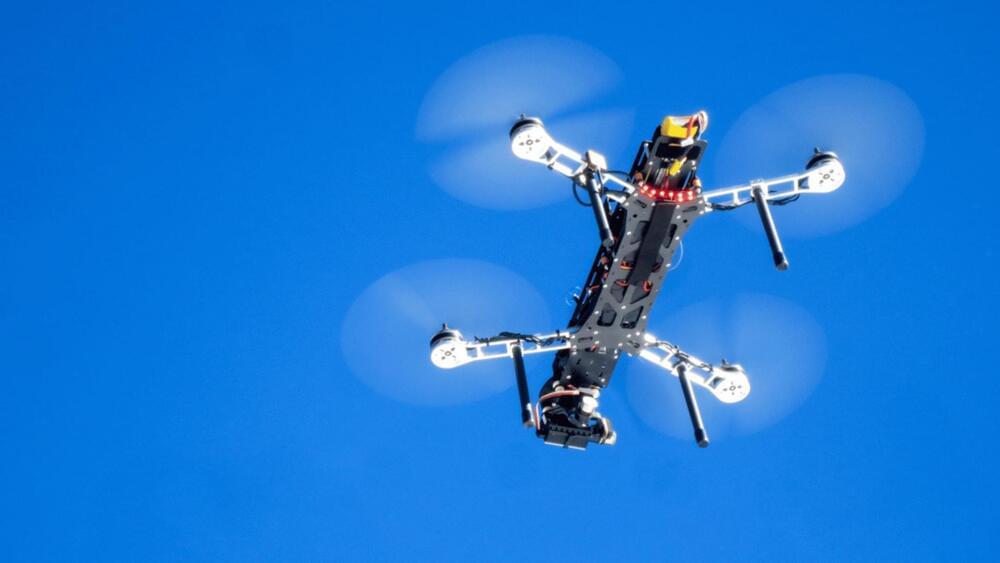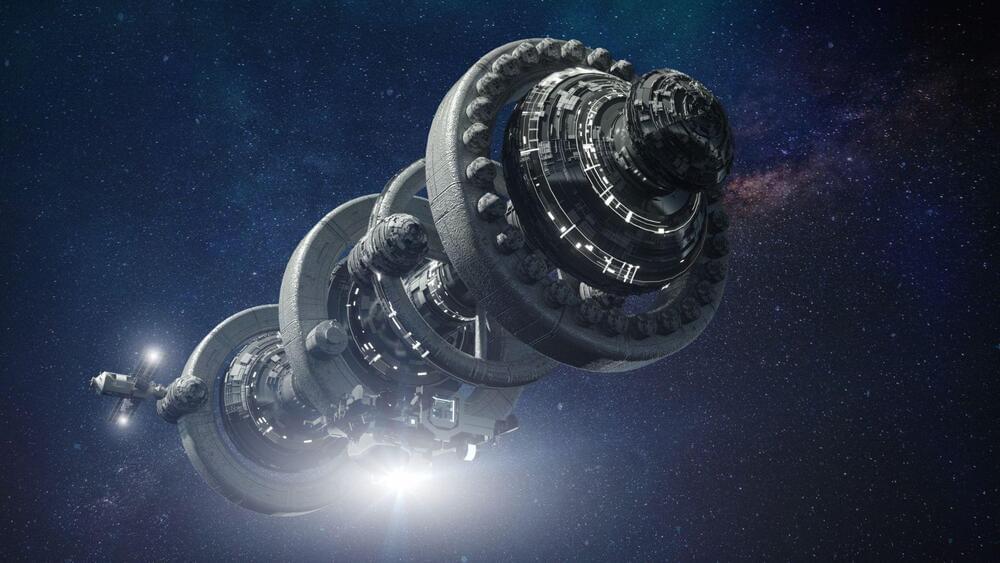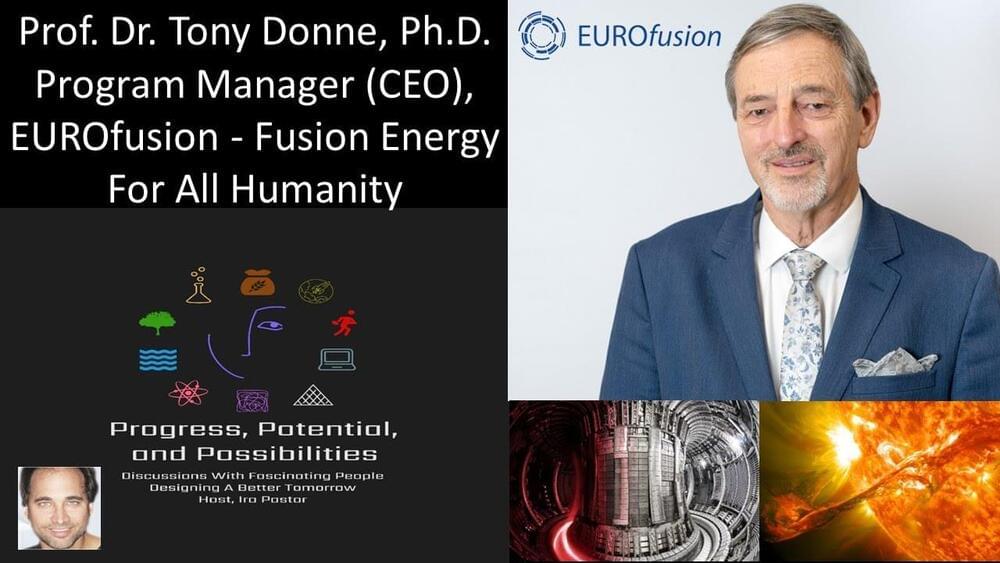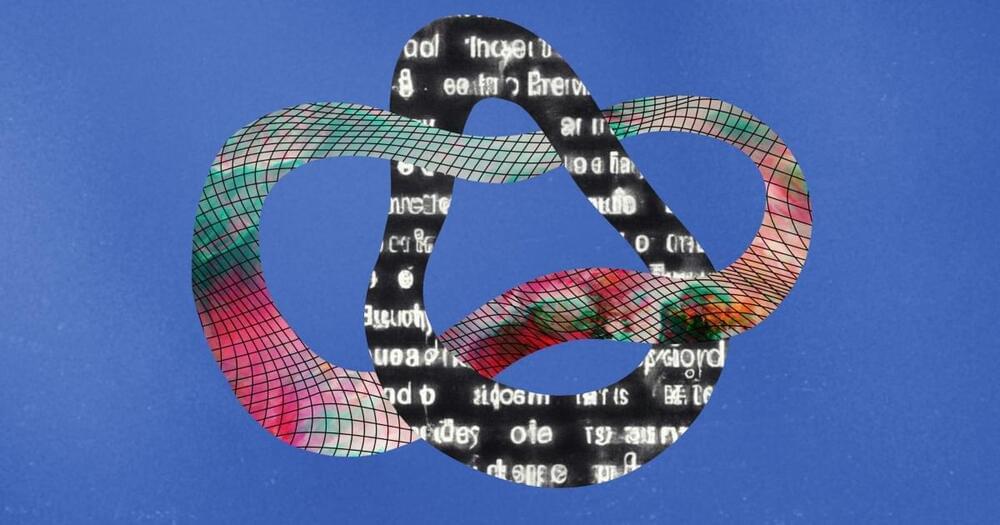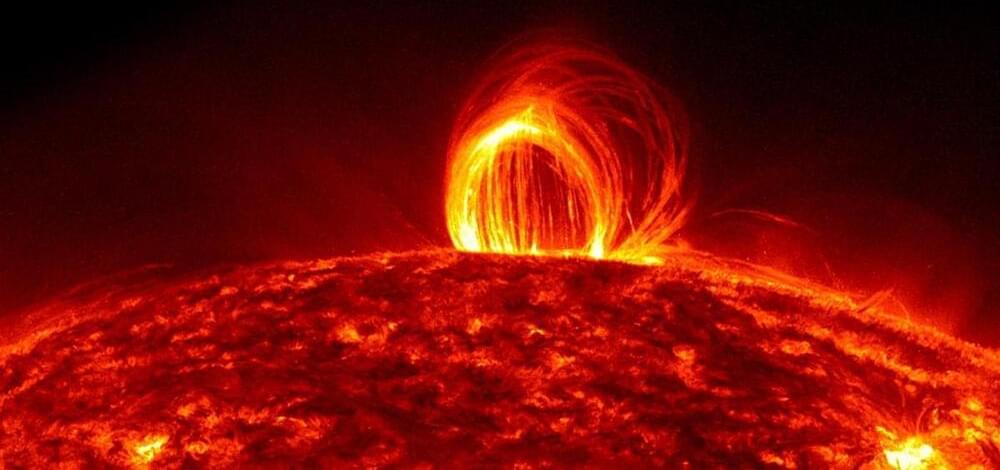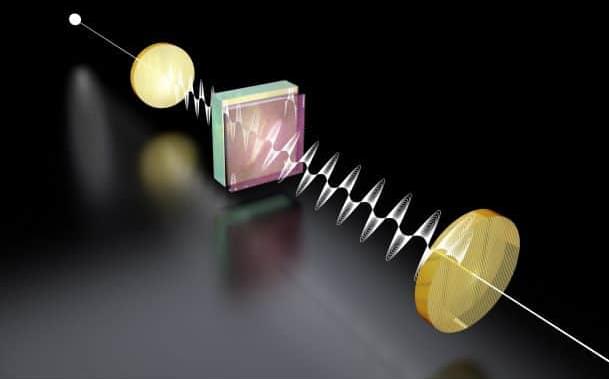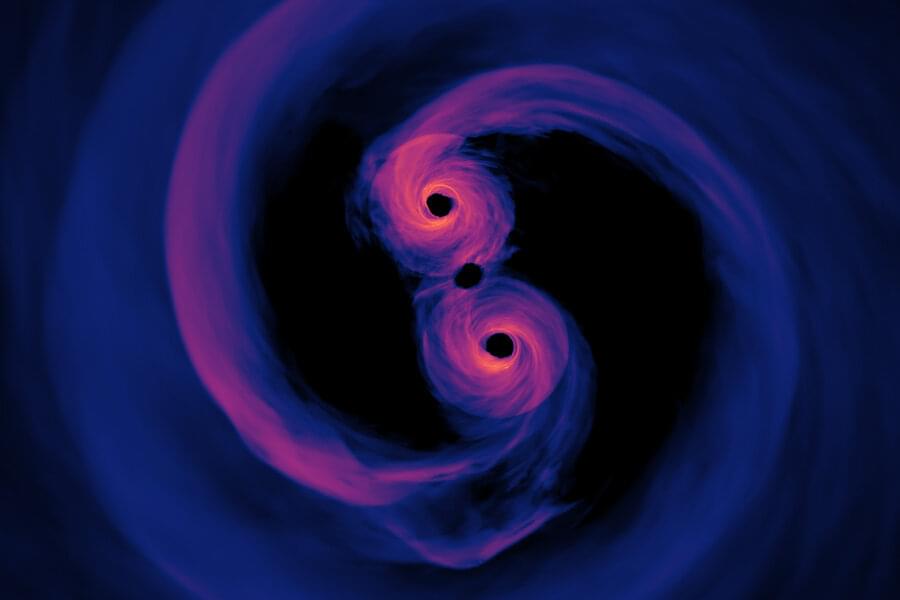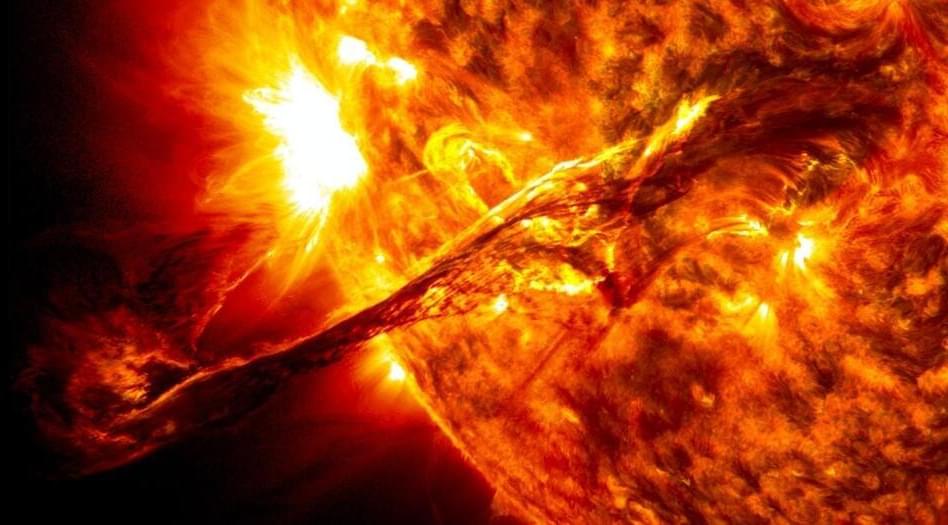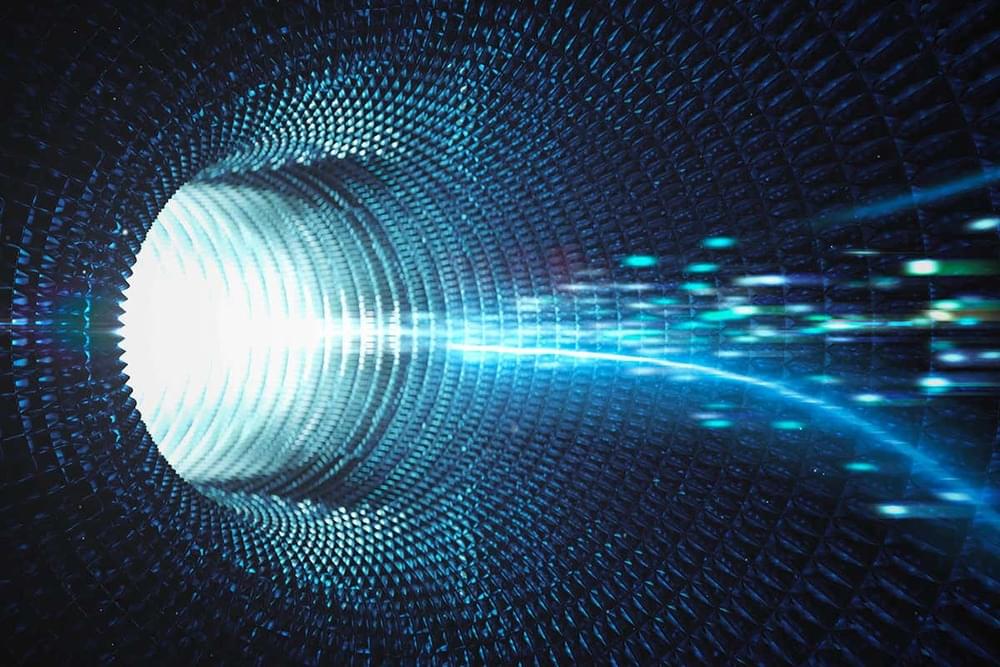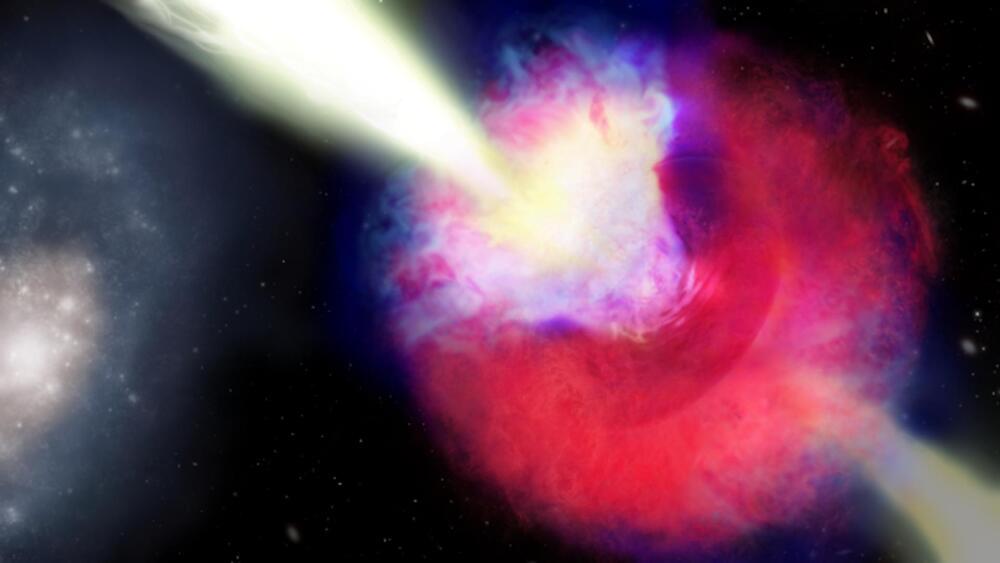Dec 13, 2022
Future flying robots could be inspired by the aerodynamics of gliding snakes
Posted by Gemechu Taye in categories: physics, robotics/AI
A hidden mechanism for achieving glides of hundreds of feet is revealed by computational modelling.
Scientists are currently thinking of ways to create robots resembling the gliding motion of flying snakes, according to a study published today (Dec .13) in Physics of Fluids.
‘Undulations’ encourage lift.
Continue reading “Future flying robots could be inspired by the aerodynamics of gliding snakes” »
